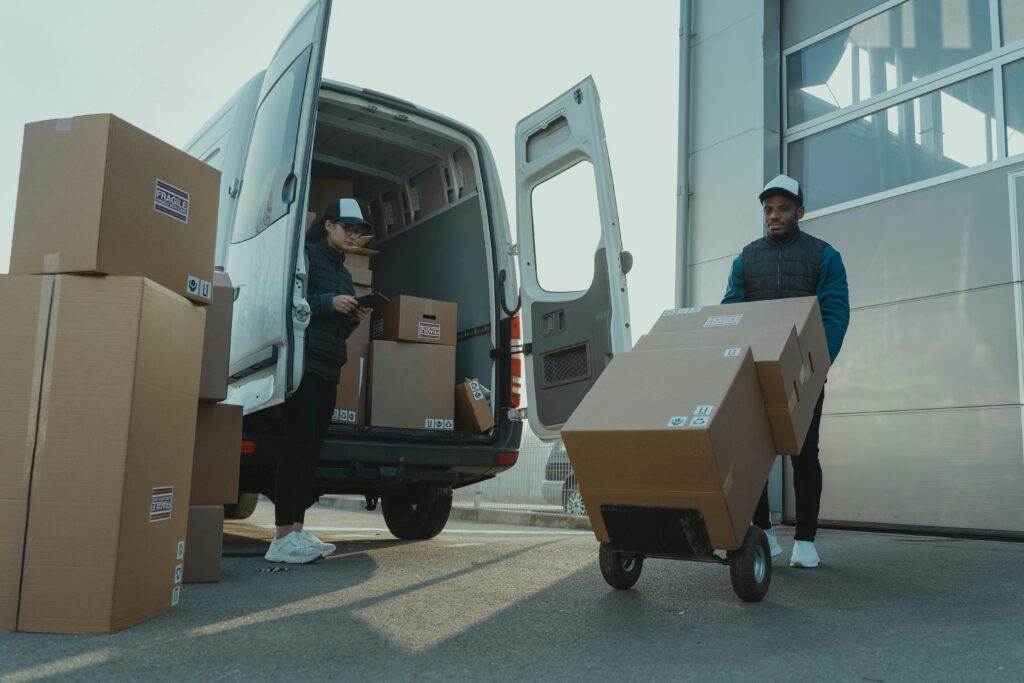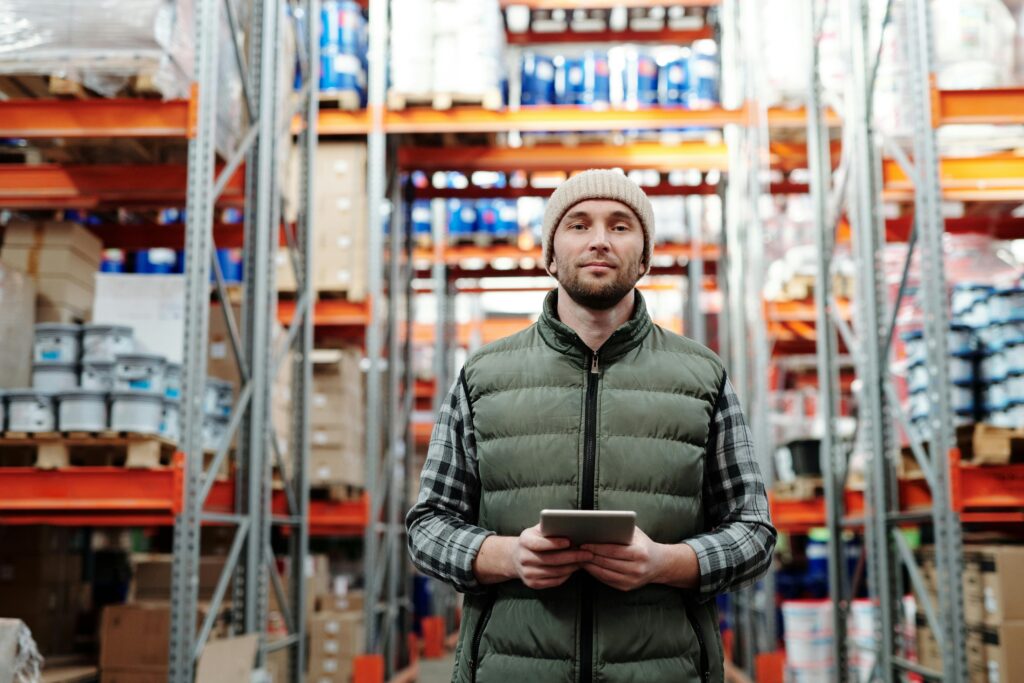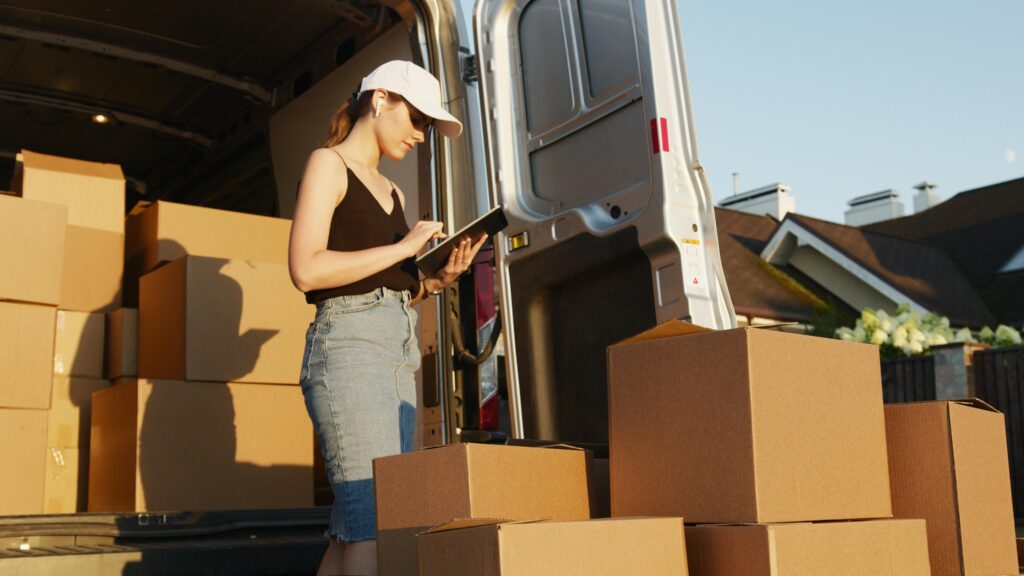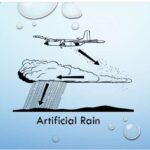What is Reverse Logistics ?
Reverse logistics is a very important function in today’s modern supply chain system. In simple words it is defined as ” The backward flow of products or materials from the final destination ( From the customer ) back to its place of origin is called Reverse Logistics “.
Reverse logistics can occur due to various reasons, but the main reason are repair, recycling or returns.
In simple words Reverse logistics is just the opposite of traditional supply chain flow.
In this meaningful and short article lets understand all about Reverse Logistics .

Reverse Logistics basically the processing of returned goods which includes a lot of coordination and customer support. The main goal is to optimize and increase the efficiency.
Importance Of Reverse Logistics.

As mentioned earlier, Reverse Logistics plays a very important and a crucial role is modern supply chain systems. It is very much crucial for several reasons namely :
- Customer Satisfaction – Ensuring hassle free returns and product exchanges builds customers loyalty and trust which in turn contributes to good brand image and reputation.
- Cost Savings – Efficient reverse logistics mechanism always reduces the cost, minimizes the inventory holding which all together leads to cost savings.
- Green Environment Responsibility – Proper recycling of returned goods or products always adds and supports sustainability goals.
Challenges Faced In Reverse Logistics Process.

While reverse logistics is very much significant, but at the same time it poses a lot of challenges.
- Complexity – The reverse flow of products or materials involves multiple stakeholders namely consumers, logistics providers and manufacturers. And managing a efficient communication network between all of them is a very complicated task.
- Varying product condition – Reverse logistics involves product inspection and product conditions may vary from lightly used to damaged condition. A careful inspection process should be in place.
- Delay – Delay in returning process always leads to high costs and often leads to other inventory issues.
- Cost Management – Cost management is a very important and crucial point in the challenges faced by reverse logistics. Managing the cost and balancing the value of the returned product is a constant challenge faced by companies.
Optimizing The Reverse Logistics Process.

The complete reverse logistics process can be completely optimized and made 100 % efficient.
Some of the steps that can be used to Optimize the process are :
- Correct streamlining.
- Using modern technology and data science to get insights.
- Using optimizing algorithms.
- Continuous improvement and getting feedback.
Conclusion.

In a ever changing supply chain dynamics, reverse logistics plays a very important part in increasing the value from the returned products. One should always understand the importance of the reverse process and always strive hard to improve its efficiency and operational alertness.
Finally reverse logistics is just not returning goods back but it is great opportunity of creating value at every step of the complete product lifecycle.
Resources.
To know more about Reverse Logistics click the following link – More about Reverse Logistics.
To know more about Last Mile Delivery click the following link – Last Mile delivery.












It was nice.